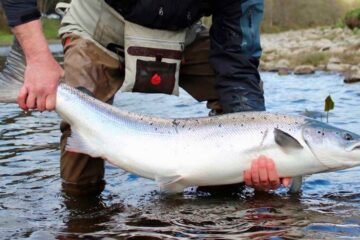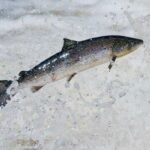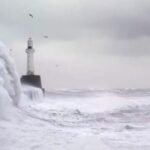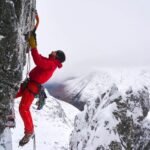A new study has raised concerns that human recreation along Scotland’s scenic coastlines — including activities like kayaking and paddleboarding — is unintentionally disturbing whales, dolphins, and seals. Even silent glides across the water can unsettle marine life.
Study Reveals Dozens of Disruption Cases in Key Scottish Waters
Researchers from Heriot-Watt University, backed by Whale and Dolphin Conservation (WDC), spent over 400 hours observing from land across five critical coastal zones — the Clyde, Forth and Tay, Moray Firth, Orkney, and Shetland. Their findings? Human-powered and small motorised crafts were linked to hundreds of marine mammal disturbances.
The sightings were logged in areas often considered wildlife havens, including designated conservation zones. But these aren’t just remote events. Many happened within sight of beaches, marinas and public viewpoints.
Dr. Emily Hague, who led the study, explained the issue: “We’re not saying people are harassing animals on purpose. Often, they don’t even realise it’s happening. But these seemingly harmless encounters add pressure to species that are already facing climate stress, noise, and pollution.”

What Counts as “Disturbance”?
You might picture a boat charging into a pod of dolphins. But that’s just one side of it.
Disturbance in marine mammals can be subtle. A seal might bolt from its resting spot. Dolphins may alter their dive patterns. Even breathing and group formations can shift due to nearby human activity.
In one documented case, kayakers cruising past a beach caused a group of seals to panic. Several slid into the water, abandoning their haul-out — a vital rest period they need to regulate body temperature and conserve energy.
That’s not nothing.
In fact, about one-third of the disturbances recorded in the study were caused by non-motorised vessels, including:
-
Kayaks
-
Paddleboards
-
Rowboats
These are the very crafts most people assume are harmless. But they can still spark enough fear to disrupt resting, feeding or social behaviours.
Small Speedboats, Big Impact
Kayaks weren’t alone in creating trouble.
Another third of the incidents involved small, motorised boats like speedboats and RIBs (rigid inflatable boats). In one striking example, a speedboat repeatedly tailed a pod of bottlenose dolphins. The animals responded by diving longer, swimming erratically and separating from each other — signs of distress that mimic avoidance behaviours seen in predator-rich environments.
And it’s not just the physical proximity.
Noise, unpredictable direction changes, or hovering too close to resting groups can cause marine mammals to abandon their space. And since many of these vessels aren’t fitted with AIS (Automatic Identification System) tracking, regulators often have no clue they’re even there.
“One of the biggest challenges,” Hague notes, “is that these vessels are effectively invisible to authorities.”
Every Region Has Its Own Risk Profile
Here’s the twist — not every region had the same kinds of incidents.
For example, no kayak or paddleboard disturbances were recorded in Orkney or Shetland during this study. But that doesn’t mean they didn’t happen.
Dr. Hague was quick to clarify: “Our observations were opportunistic. We weren’t covering every minute of every day. So absence of evidence is not evidence of absence.”
What this means is simple: we can’t afford to generalise from one region to the next. Local tourism patterns, population density, and even weather can influence where and how often people take to the water.
But disturbances were recorded somewhere in every area studied.
Where Marine Mammals and Recreation Overlap Most
Here’s where the overlap between leisure and marine life was most visible:
-
Clyde region: Paddleboards and kayaks appeared frequently, often near popular seal haul-outs.
-
Forth and Tay: A hotspot for small boat activity, with multiple dolphin disturbance cases.
-
Moray Firth: Both types of incidents — powered and non-powered — were seen here, affecting both seals and dolphins.
-
Orkney and Shetland: Mostly powered boat disturbances, though kayaks may have gone unnoticed.
It’s worth pointing out that Scotland’s marine tourism is booming. Activities like kayaking and paddleboarding are promoted for their low environmental impact. But “low” doesn’t mean “none.”
What Can Be Done?
The researchers aren’t calling for a ban. Nobody’s trying to stop people enjoying Scotland’s waters. But they are urging smarter guidelines, awareness campaigns, and better tracking systems.
Some suggestions include:
-
Educating paddleboarders and kayakers on safe distances from marine mammals
-
Installing signage at popular launch points
-
Encouraging wildlife tour operators to report incidents
-
Exploring lightweight AIS systems for smaller vessels
“We’re not the fun police,” Hague said with a smile. “We just want people to realise that even quiet activities can cause stress for wildlife. A little bit of knowledge can go a long way.”
That includes knowing when to stop, keep your distance, or turn away from a pod — even if your craft feels like a feather on water.


















